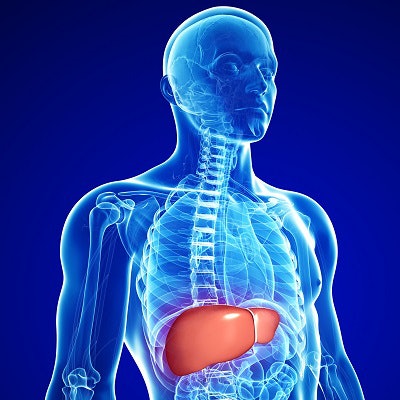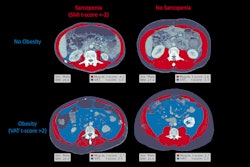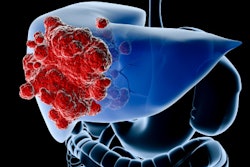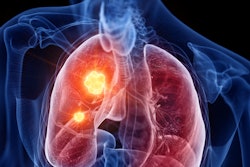
CT body composition data reveal associations between nonalcoholic fatty liver disease (NAFLD) and visceral fat, sarcopenia, and myosteatosis in people who are not obese overall, research published July 5 in Clinical and Molecular Hepatology suggests.
The results may indicate that an individual's risk of NAFLD could be reduced by lifestyle changes, wrote a research group led by Hong-Kyu Kim, MD, PhD, of Asan Medical Center in Seoul, South Korea. The team's findings were published July 5 in Clinical and Molecular Hepatology.
"[Our] results suggest that improvement of body composition, including reducing visceral adipose tissue, increasing skeletal muscle mass, and improving myosteatosis, should be considered along with weight reduction for managing NAFLD in nonobese individuals," the investigators noted.
NAFLD is a leading cause of death in Western countries, and its prevalence is increasing in Asian countries, Kim and colleagues wrote. The disease is typically diagnosed in people who are obese, but research has shown that it may also occur in nonobese individuals -- which implies that "factors other than obesity contribute to the development of NAFLD."
In fact, some studies have reported that visceral fat, or visceral fat obesity, increases the risk of NAFLD more than general obesity measures such as body mass index or total body fat; people with the disease have more visceral fat or higher visceral to subcutaneous fat ratios than those without it. Additionally, a few studies have suggested that sarcopenia is associated with NAFLD, and some researchers suspect that myosteatosis may also be a risk factor for NAFLD.
Kim's team sought to investigate whether any body composition characteristics increase NAFLD risk. To do this, the group conducted a study that included 14,400 individuals who underwent abdominal CT imaging during routine health exams, with the CT scans measuring total abdominal muscle area and skeletal muscle area at the third lumbar vertebral level, both with the help of automated AI software.
The investigators divided skeletal muscle area into normal attenuation and low attenuation categories and calculated the normal attenuation muscle area/total abdominal muscle area index. They defined visceral fat obesity by calculating the visceral to subcutaneous fat ratio; sarcopenia by body mass index-adjusted skeletal muscle area; and myosteatosis by the normal attenuation muscle area/total abdominal muscle area index. Nonalcoholic fatty liver disease was diagnosed via ultrasound imaging.
The group found the following:
- Of the total study cohort, 33% had NAFLD. These people also had less healthy lipid and inflammatory profiles, higher insulin resistance, and higher prevalence of hypertension and diabetes.
- The incidence of NAFLD among people who were not obese was 21.4%.
- Sarcopenia and myosteatosis were associated with non-obese NAFLD after taking visceral fat obesity into account.
Higher levels of visceral fat obesity showed a dramatic increase in risk of NAFLD, the researchers reported.
| Odds ratio of developing NAFLD by condition | ||
| Condition | Odds ratio of association with non-obese NAFLD (with 1 as reference) | p-value |
| Sarcopenia | ||
| Men | 1.41 | < 0.001 |
| Women | 1.59 | < 0.001 |
| Myosteatosis | ||
| Men | 1.24 | 0.028 |
| Women | 1.23 | 0.017 |
| Visceral fat obesity | ||
| Men | 3.97 (adjusted for sarcopenia) | < 0.001 |
| 3.98 (adjusted for myosteatosis) | < 0.001 | |
| Women | 5.42 (adjusted for sarcopenia) | < 0.001 |
| 5.33 (adjusted for myosteatosis) | < 0.001 | |
The study findings underscore the need to encourage patients to reduce their risk of NAFLD by reducing visceral fat obesity through lifestyle changes -- particularly resistance exercise in addition to aerobic, according to Kim and colleagues.
"For the management of nonobese individuals with NAFLD, many clinical observations suggest that weight reduction or increased physical activity may lead to improvement of hepatic steatosis and fibrosis because weight gain, even within a nonobese range, was associated with the development of NAFLD," they concluded.
The complete study can be found here.





















